Chlorinated per- and polyfluoroalkyl substances (PFAS) have been degraded using microbes, offering a new way to tackle these persistent pollutants that have been dubbed ‘forever chemicals’ by the media.
A University of California, Riverside team in the US reports that a specific class of PFAS, chlorinated polyfluorocarboxylic acids, can be broken down by the action of two species of anaerobic bacterium. The researchers discovered that the bacteria can perform reductive, hydrolytic and eliminative dechlorination, as the first step towards defluorinating these synthetic compounds. The bacteria were then able to partially defluorinate some of the products, with the hydrolytic dechlorination pathway being the most productive route.
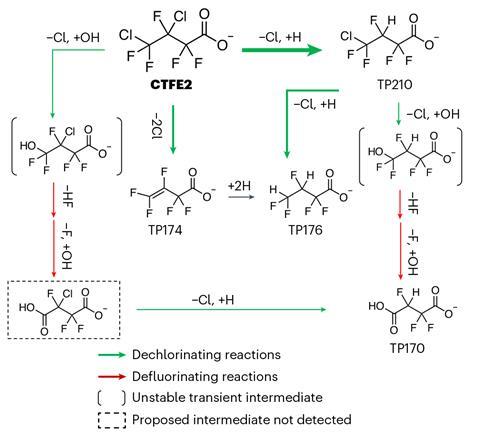
‘The results imply that anaerobic non-respiratory hydrolytic dechlorination plays a critical role in the fate of chlorinated polyfluoro chemicals in natural and engineered water environments,’ the team concluded.
PFAS are still used in many applications, such as certain medical devices, occupational protective clothing, as well as personal care products including cosmetics, and ski waxes. As they have been linked to health problems the researchers noted that greener and safer alternatives are needed.
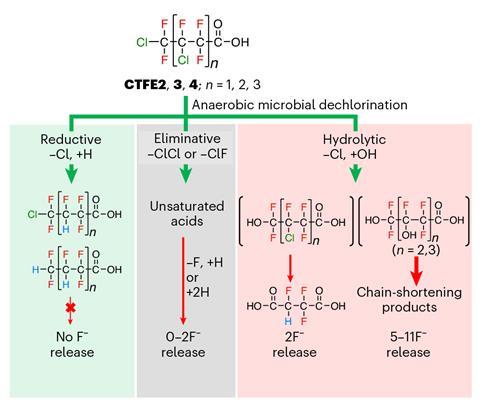
‘We identified the responsible microorganisms for the dechlorination and defluorination,’ says study co-author Yujie Men, a chemical and environmental engineering professor at UC Riverside. ‘This is very important because previously we only used environmental samples, mixed culture – soil samples, sediments, wastewater sludge – but now we know what microorganisms we should focus on to provide new avenues for understanding the molecular level mechanisms.’
Will Dichtel, an organic chemist who studies PFAS at Northwestern University in Illinois, US, is enthusiastic about this new work. Dichtel calls the UC Riverside team’s suggestion that chlorination might be used to make PFAS more easily biodegradable ‘intriguing’, but notes that much more work would need to be done to prove the safety and viability of that proposal.
References
B Jin et al, Nat. Water, 2023, DOI: 10.1038/s44221-023-00077-6






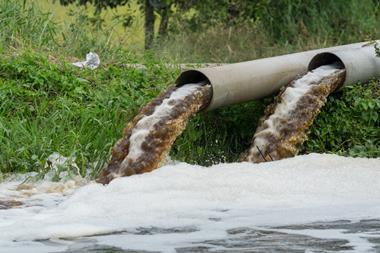
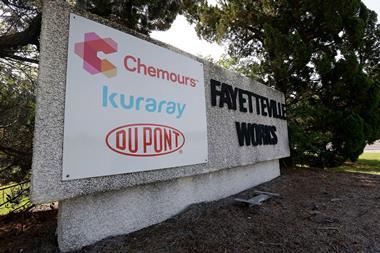

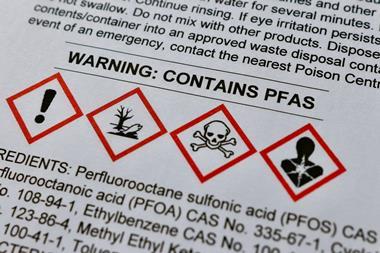







No comments yet